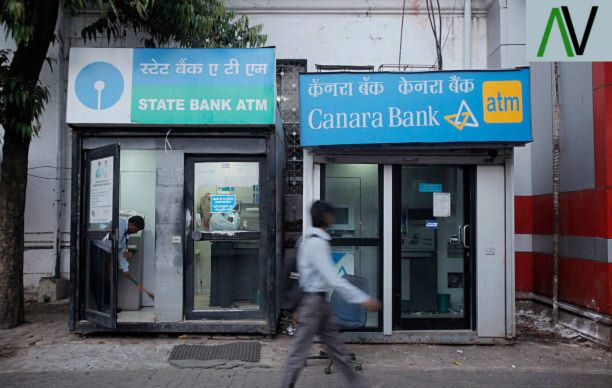Canara Bank’s performance for the March quarter met market expectations, with its net interest margin (NIM) showing a slight expansion despite a rise in the cost of funds. This was attributed to the bank’s strategic approach of gradually restructuring its exposure to older, low-yielding corporate assets. By either renewing these assets at current market rates or replacing them with more lucrative products, Canara Bank aimed to enhance its overall returns. Analysts are particularly focused on the potential for provision reversals in the future, which could further influence the bank’s financial outlook. As the banking sector continues to navigate evolving market conditions, Canara Bank’s proactive measures to optimize its asset portfolio and manage costs will be closely monitored by investors and industry observers.
Motilal Oswal recently provided insights on Canara Bank’s financial performance, highlighting both strengths and areas of concern. The bank’s earnings were deemed healthy yet in line with expectations, attributed to increased other income, although this was somewhat offset by provisions higher than anticipated. Notably, there was a positive 4 basis points quarter-on-quarter margin expansion, driven by robust Net Interest Income (NII) growth.
Looking ahead, management projects Net Interest Margins (NIMs) to range between 2.9-3% in FY25. The bank witnessed notable loan growth primarily fueled by the retail segment, while deposit growth accelerated, particularly bolstered by CASA deposits, signaling a promising outlook. Although there was a sequential increase in fresh slippages, overall asset quality ratios improved, indicating resilience amidst challenges.
Motilal Oswal Securities maintains their earnings estimates, projecting Canara Bank to achieve a Return on Assets (RoA) and Return on Equity (RoE) of 1.1% and 18.4% respectively by FY26. This reaffirms their confidence in the bank’s performance, reflected in their ‘Buy’ rating and a target price of Rs 650.
As of Thursday, Canara Bank’s stock showed a slight increase of 0.32%, trading at Rs 559.90 on the Bombay Stock Exchange (BSE). This indicates ongoing investor interest in the bank’s potential, reflecting a degree of optimism surrounding its future prospects.
In summary, while Canara Bank’s earnings align with expectations, the emphasis on NIMs, loan growth, and asset quality underscores its strategic focus amidst evolving market conditions. With Motilal Oswal’s endorsement and a target price set, investors may find confidence in the bank’s trajectory, supported by its performance and growth prospects.
According to JM Financial, Canara Bank anticipates stabilization in employee costs, aiming to cap the cost-to-income ratio at 47%. The bank’s asset quality metrics show continuous improvement, with a robust Provision Coverage Ratio (PCR) at 71%. With sustained Net Interest Margins (NIMs), diminishing credit costs, and a consistent Return on Assets (RoA) of 1% over several quarters, JM Financial expects the bank’s revaluation to persist. They forecast RoA/Return on Equity (ROE) to reach 1.02%/16.7% by FY26E and uphold a BUY rating with a revised target price of Rs 600.
Contrarily, Kotak Institutional Equities notes Canara Bank’s loan growth lagging behind industry standards, at a subdued 11% YoY, while NIM remains relatively steady. Asset quality is deemed comfortable, although recoveries from bad loans show a declining trend.
This brokerage has a fair value of Rs 530 on Canara Bank.
The bank’s valuation is estimated at 1x March 2026E adjusted book value, anticipating a return on equity (RoE) ranging between 15-16% in the foreseeable future. Recent enhancements in Canara Bank’s return ratios stem from reduced credit costs and robust recuperations from previously written-off accounts. However, as we approach FY2025E, the persistence of pressure on net interest margins (NIM) is anticipated, alongside a probable decline in recoveries from written-off accounts. While the bank may mitigate a substantial portion of the drag on return on assets (RoA) through further reductions in credit costs, the trajectory of provision reversals remains a crucial aspect to monitor closely.






Your article helped me a lot, is there any more related content? Thanks! https://www.binance.info/el/register?ref=DB40ITMB